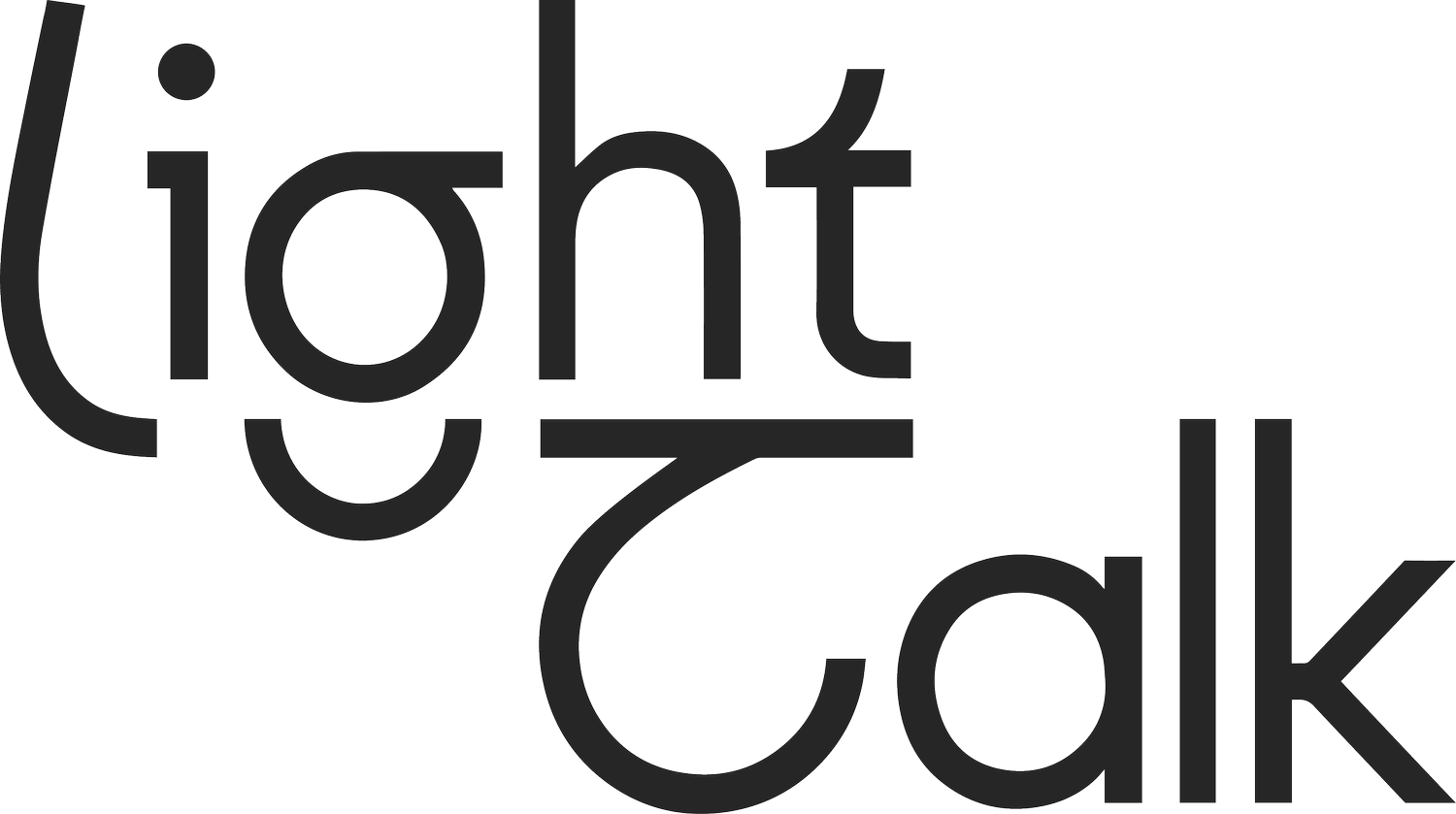Light as a Medicine
Cover of Jacob Liberman’s famous book on Light, Medicine of the Future
(Recommended reading!)
In one of my very early blogs, nearly 15 years ago, I promoted the 3 D’s, the need for our Daily Dose of Daylight. Today, more than ever, the progress that science has made, allows us to appreciate the impact that light and daylight specifically, has on our circadian rhythms, our sleep quality, our physical and mental health. I was reminded of this when listening recently to one of my regular podcasts “Feel better, live more” by Dr Rangan Chatterjee in which he chats with one of the worlds leading experts on circadian rhythms, professor Russell Foster. Light is the central theme of this podcast.
He talks about the importance of morning daylight and avoiding screen light from your devices before going to sleep as having a big impact on your body clock. The morning light energises you for the day and relaxing and toning down your light exposure in the evening before going to sleep, helps with a better sleep and better health overall. For years now I practice my 3Ds in the early mornings and I can just confirm how much that helps me setting my body clock, specifically after having travelled different time zones.
In the podcast he compares poor light usage or light junk to food junk. We maybe addicted checking our socials or gaming before going to sleep but it is detrimental to our overall health and very much comparable to unhealthy fast or comfort food.
While not discussed in this podcast, there are also many research and studies about the impact of light colour therapy on our body. Exposure to certain colours have a direct relationship to specific organs in our body, with notable positive healing results.
The healing properties of natural or artificial light in general, are a difficult proposition for lighting designers as we generally can not claim medical knowledge and responsibility, so “prescribing” light as a medicine as a lighting designer (without medical expertise) might land us in hot water if the results are not as expected. We generally deal with the visible elements of lighting and yes, we deal in mood and ambience, but claiming health benefits might be a bit trickier, as these are the invisible aspects of lighting.
Nevertheless, there are certainly areas where we can without real medical expertise propose lighting that enhances our circadian rhythms, study the impact our lighting levels might have on the wake/ sleep cycle of the end users of the space we design the lighting for, in other words manage or recommend the exposure to lighting as well as the colour qualities of lighting. But claiming medical light expertise by prescribing light as a medicine may still be one step to far for lighting designers?

